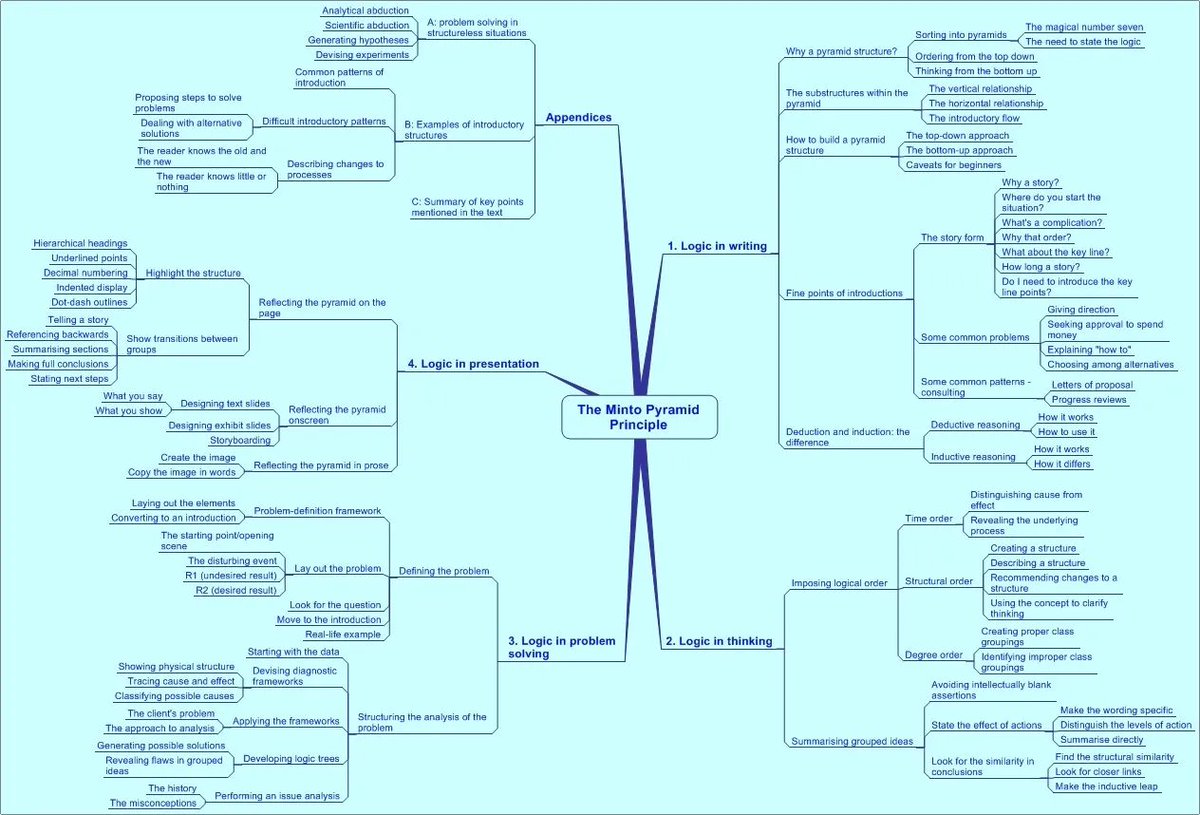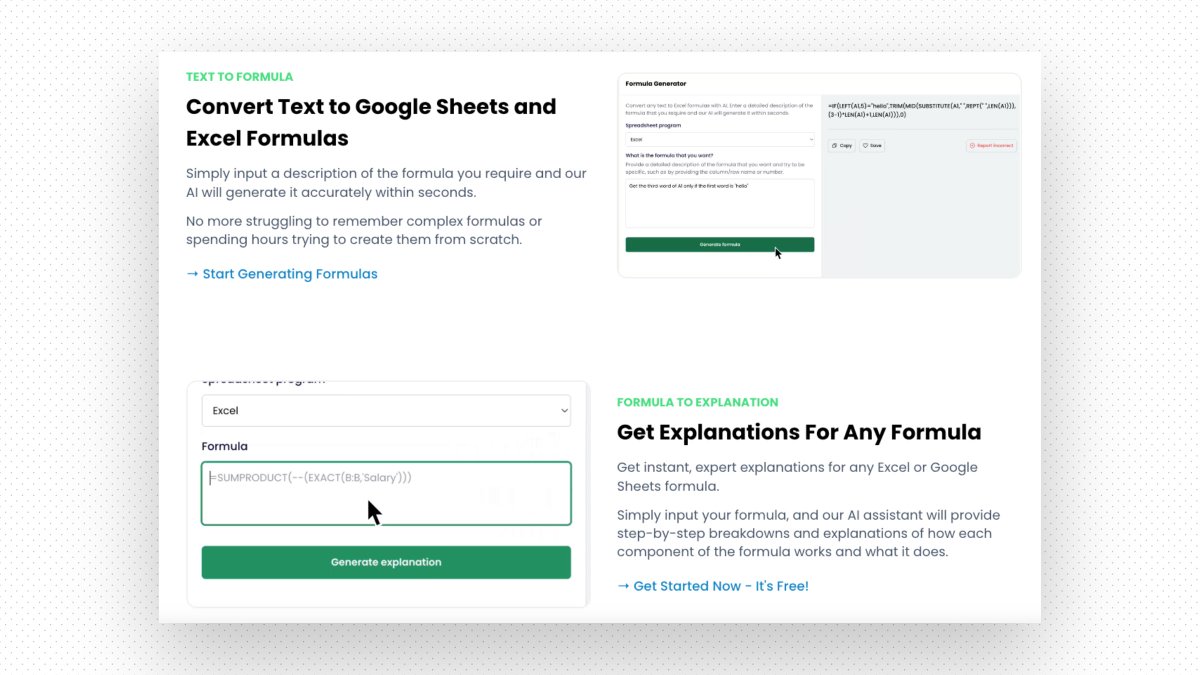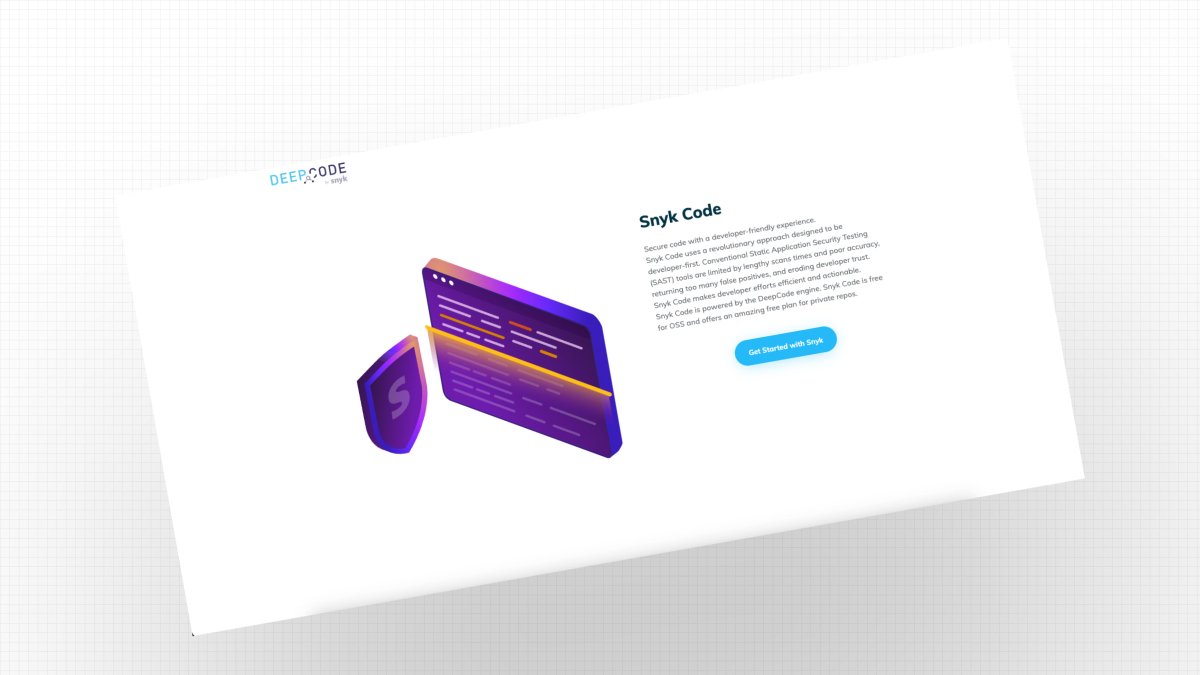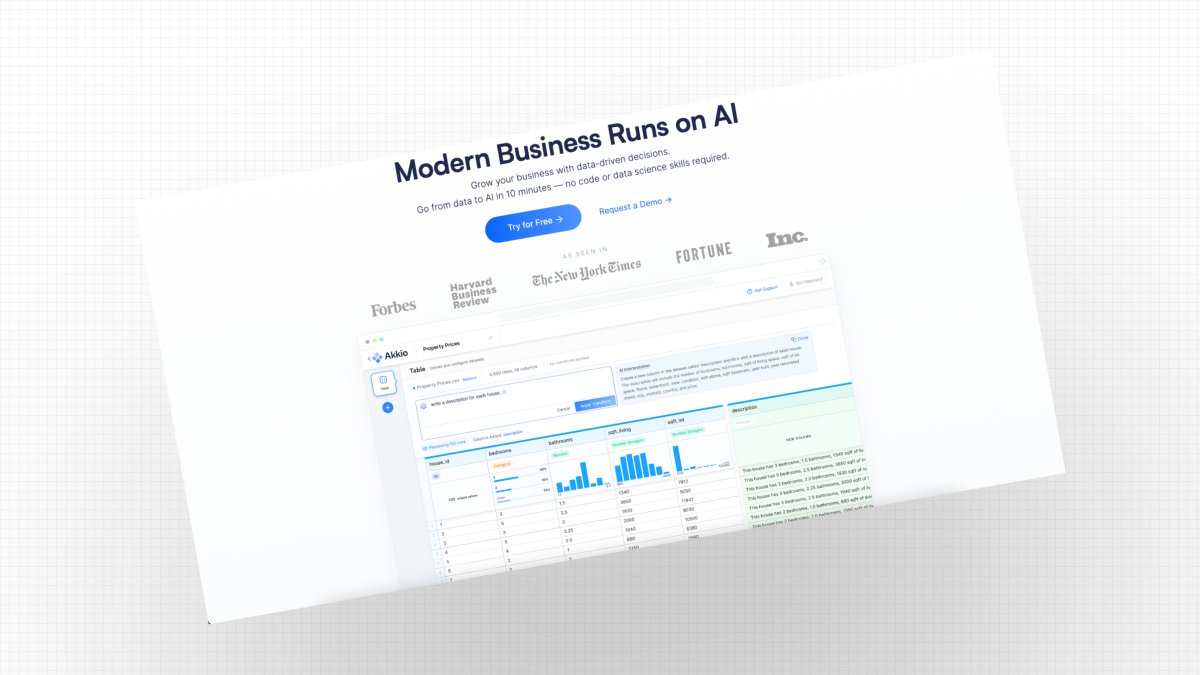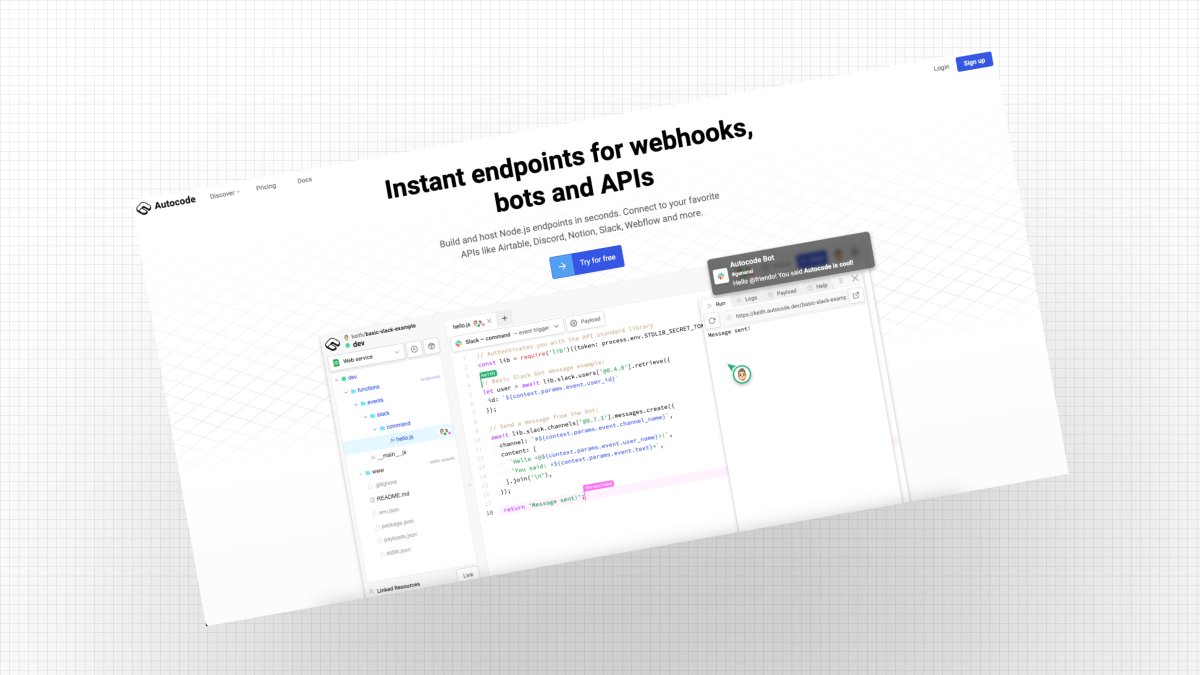First, why should you care?
If you closely observe, most people do academia-style communication.
They stream details(situation, complications, etc) first and then slowly build up the conclusion.
And it works ...
but not when you have to be persuasive and sell your ideas.
A consultant at Mckinsey, Barbara Minto, realized this anomaly in the 60s and capitalized on it.
She built a framework that would change the course of the firm.
Eg- Mckinsey currently boasts a roster of 90 of the top 100 companies in the world.
Quick aside to acknowledge that Barbara Minto is a badass
- one of the first Harvard female MBAs
- and the first female Mckinsey consultant
What she proposed was so influential - other consulting firms also adopted her principles.
The framework is also a secret weapon....
It makes consultants appear sharp = accelerates their growth.
eg- many top CEOs are ex-Mckinsey.
Sundar Pichai - Google
Sheryl Sandberg - Facebook
James Gorman - Morgan Stanley
CEOs at Vodafone, Boeing, Footlocker, LEGO, Grammarly, Best Buy.
Full list at the end:
So how does the framework work?
It narrows in on the traits of busy execs:
• Interested in the high-level, big strategic questions
• No time for details
• They think about multiple issues
• Action-oriented
• Facts, not guesses
So Barbara proposed a framework that
• is structured
• is Top-down, not bottom-up
• is Concise
• clearly articulates what needs to be done
• is grounded in the analysis, not anecdotes
The above might seem overkill, but many of the CEOs are on record explaining how the communication and storytelling skills they learned at Mckinsey supercharged their growth.
Best of all, it's a skill anyone can learn.
With practice, it becomes second nature.
You still need to hustle, and you still need to hit your targets.
But all else being equal....
the person who advances the fastest is usually the one who knows how to tell a succinct story with sound reasoning.
Lets double click and work with a simple example:
A media client is struggling with declining profits and asks you to present a solution.
You spend some time & your analysis reveals some facts:
• Customer communication is the largest cost = 60%
• Magazines= 7 times newsletter costs = 80% of total comm costs.
• The majority of business is focused on magazines output
• 98% of customers want digital communication
It's time to present to the CEO a solution.
Here comes the central framework: Pyramid Principles.
The idea is to flip the status quo and hit the exec with the answer right away, and then go on to supply supporting information.
I'll break down the pyramid in a sec but:
Why use this approach? 4 reasons:
Reason 1
It uses vertical relationships, which
- present an idea,
- allow the reader to absorb it
- then provide answers and supporting evidence.
= better comprehension = more persuasive
Reason 2
You stand out!
Most workforce communicates in an "academic" style.
- starts with details 1st
- gives rambling "bottom-up" recs
- a ton of irrelevant info
- delivers the answer at the end.
leaving the CEO wondering when they will get to the point.
The pyramid instead
- relays salient information as efficiently as possible
- in a time-pressured setting
the recommendation is kept around 30 seconds.
Reason 3
Execs are busy and
- often are top-down thinkers who appreciate a direct approach.
- get impatient when they feel like someone isn’t getting to the point
Reason 4
You are more persuasive when you are direct.
By answering the executive’s question first,
- you sound more assertive and confident.
- You’re not searching for words or wavering. You are plainly and directly answering the question that was posed to you.
OK, back to the framework,
Always start with the most important idea/recommendation in your story.
This "key takeaway" is what the exec really cares about
- the answer they have paid thousands in fees to find out
- and it needs to be the first thing out of your mouth.
Features of the main idea
- Succinct - ideally 1 sentence
- Pertinent - Answers the main question
- Synthesis, not summary
This is important:
Don't restate facts; boil the details down into a single crucial directive for the exec/Investor/LP etc.
At McKinsey, “start with the answer first” was drilled into us.
When a partner or an exec asked a question
“What should we do?”
— you were to start your response with,
“You should do X,” very crisply and directly.
If they ask why then the details arrive.
In our example,
the findings showed that
- magazines are such a large fraction of costs
- customers prefer electronic communication
can be synthesized into the key takeaway that
✅ we should remove magazines as the main form of communication.
Now, moving to the middle layer of the pyramid.
You need to offer some arguments to actually support our takeaway.
Follow these rules
* Keep these succinct
* Independent - Each argument must stand on its own
* Fact-Based - Avoid generic statements
* Level Consistent - Same level of importance for each argument
* Strongest argument first
• Use MECE (another principle by Minto)
This is huge at Mckinsey - The arguments should be
Mutually Exclusive(No overlap)
Collectively Exhaustive(No gaps remain)
This makes the audience think clearly.
A quick example:
Amazon Revenue:
- Americas Revenue
- Non-Americas Revenue
This is MECE because the categories do NOT overlap and collectively make up all of Amazon's Revenue.
This ↓ would NOT be MECE:
- Americas Revenue
- Europe Revenue
What about Asia et al?!
• Lastly, Rule of 3 - Try to keep to 3 arguments
Why?
• It forces you to prioritize and choose the top three answers
• It makes you look decisive and composed.
* It avoids overwhelming the audience
* It helps the audience remember your points
Let's apply these rules to our example.
Our main rec was "Kill the magazine's dept"
So the arguments would be:
• Magazines account for around 50% of total costs
• Magazines can easily be replaced by email
• Making this replacement would increase customer satisfaction
3rd layer of the pyramid = DATA
At the bottom
- We need the facts validating the arguments
To do:
- have one or two "insights" associated with each of the arguments at the level above.
- These insights might be facts or further arguments.
For eg, to validate our argument that magazines account for around 50% of total costs,
Say:
• Customer communication comprises 60% of overall costs
• Magazines account for 80% of communication cost
Now the pyramid is complete and you can open for Q and A
Not done yet 😇
Here is how to stand out more:
Think ahead of the questions and add details in the Appendix to provide visual reference.
Execs get impressed when you have thought ahead of the questions.
That's about it for the framework.
Rest of the thread answers questions you might have:
Here is a real example of a slide(It's publicly available)
Also, there is a real-world Mckinsey presentation link at the end.
🆀What if my advice is wrong?
Yes, your rec may be wrong.
But the framework's purpose isn’t always to convince everyone that you’re right.
It’s to lay out your argument in the clearest terms possible so that listeners can understand your thinking and engage more fully.
If you’re right,
it will allow the audience to grasp the idea quickly and easily.
If you’re wrong,
it will make your thinking clearer so that a listener can point out the flaw in your logic and collaboratively provide you with constructive feedback.
Another upside of coherent ideas is that executives know how hard it is to do what you’ve demoed.
They’ll want you around!
Many consultants are offered gigs by clients multiple levels above their current level.
🆀 When to use it?
It's not just to use with Executives or Investors.
But it’s effective to communicate with anyone:
Whom you wish to persuade with an argument.
I urge you to use it when:
- writing your next proposal,
- making your next elevator pitch to an investor,
- even the next time you respond to an executive’s question.
Make it the default mode of your comm. style. :)
🆀 Where you shouldn't use the pyramid?
Try not to use it when delivering bad news or surfacing an issue.
Invert the pyramid here with details first.
Also, there were times when I sensed the audience was hostile, I would not use the direct answer first approach.
They would derail my presentation if they had a different answer in mind.
So use your judgment if you have had interactions in the past and you send they are not cooperative.
In short,
Hostile audience? Go Indirect
Friendly? Go Direct
Also,
notice I didn't follow the pyramid principles approach in this thread because:
I am not answering a specific question but explaining a concept.
🤷♂️
🆀 Anything else you can do?
It would be good if you just followed the above framework.
But I filtered my presentation through 2 more principles because they worked even better for me:
1) The 7Cs
With the 7Cs, the Pyramid Principle becomes second nature.
Your presentation is:
Clear: No clever words
Concise: Avoid repetitive and redundant words.
Concrete: It should be credible and backed with facts and data.
Complete: No important info missed out!
Correct: It should follow the rules of grammar and spelling.
Coherent: No gaps in the storyline from top to bottom
Courteous: It needs to be friendly with no undertones of passive aggression or hostility.
2) Iceberg Principle
90% of communication is about ‘how’ you say something and ‘not’ exactly what you say.
How = gestures, facial expressions, and tonal variation.
They hugely influence how your audience receives your message.
But don't overdo it - Keep it subtle.
My overall take:
2 points
1) Consulting problem-solving requires a slightly imaginary level of belief that you can learn new things about a new industry or a business function in just a few days
AND
provide new solutions or identify new problems better than the clients.
But, it is usually achievable because most clients are not incentivized to find and solve new problems.
2) The structure helps you jumpstart your thinking and create a baseline.
It just plain works, but it cannot remove big-picture thinking, which requires zooming out.
They say knowledge is working with information, and wisdom is working without it.
The execs have more experience,
so use the framework as a baseline to create a strong direction and a frame
but then lean on to ask good questions to calibrate the recommendations.
APPENDIX 1 of 4
Barbara Minto wrote a book on Pyramid Principles - Should you buy it?
It’s a bit of a long read, so just 80/20 it.
Read the top 50 reviews posted on Amazon.
That will get you 80% of the way there.
Or see this mindmap of the book I found online.
Appendix 2 of 4
Here is the list of Mckinsey Alumni.
https://t.co/lHiedNIgZU
Appendix 3 of 4
A real-world Mckinsey presentation from a USPS study I found online:
https://t.co/6RO0Dltpfz
Appendix 4 of 4
The pricing info is public. ↓
A usual engagement/study/project is 3 months and has a full-time EM + 2 associates/analysts.
= millions!
https://t.co/xdqUnTIOBO
That's a wrap 😊
If you made it here, I really appreciate you reading it through.
Hopefully, it's actionable enough for you to apply it.
If you liked it and want more detailed breakdowns of concepts
Join >7,000 subscribers for my newsletter here:
https://t.co/sGxZu1IwyI
Also, if you found this thread helpful.
- Follow me
@supermode_ for more
- It would mean a lot if you could retweet or quote tweet the first tweet of this thread so I can spread the insights and help more people 🙂
https://t.co/t5uP7KW5Hx







